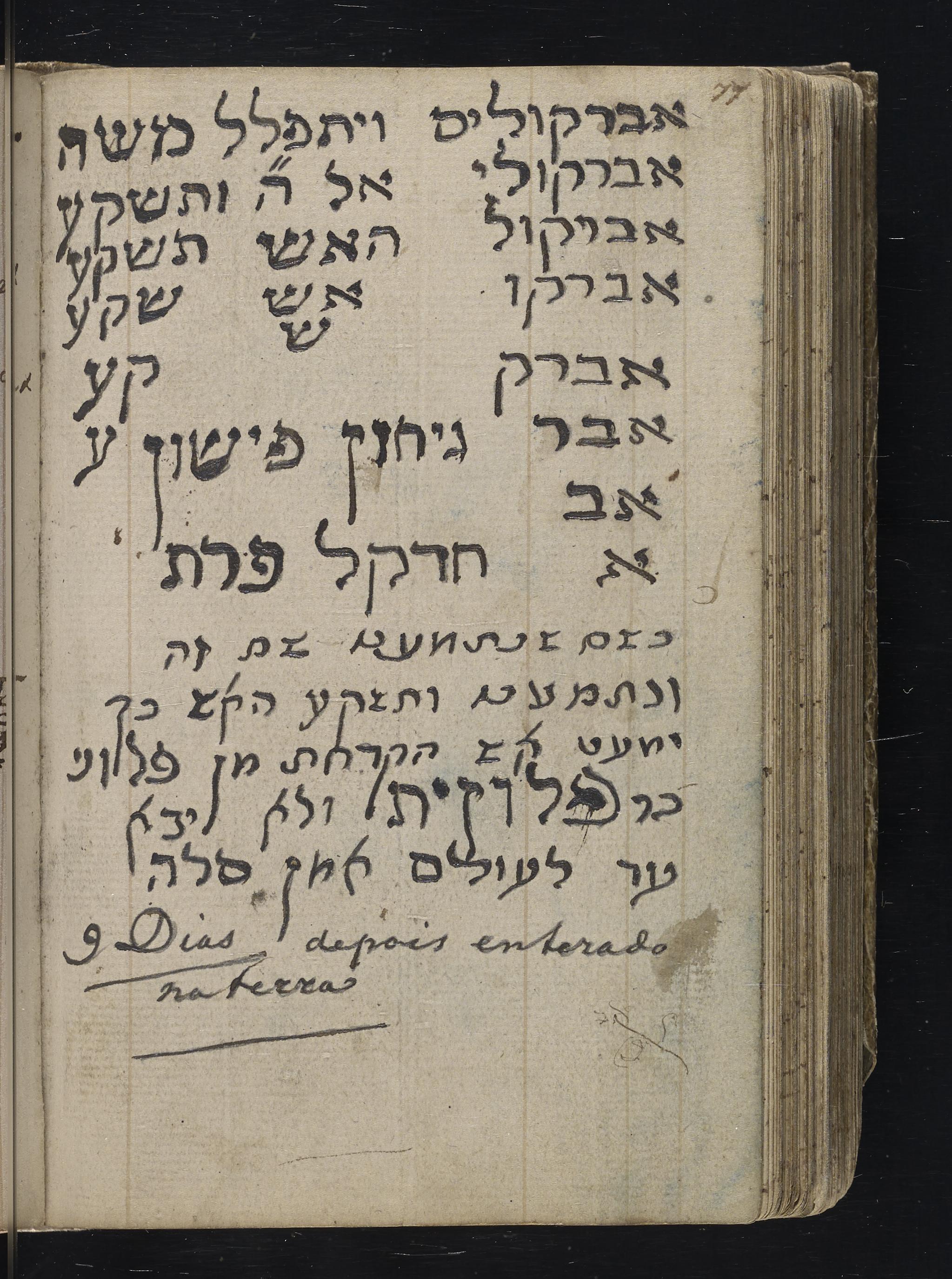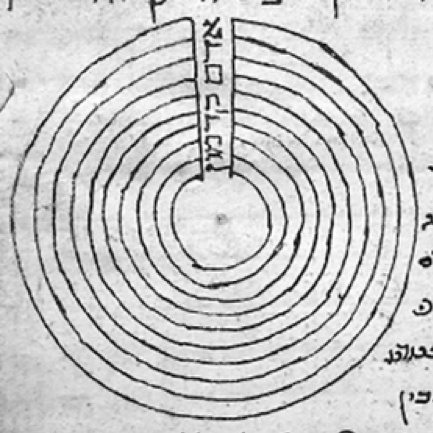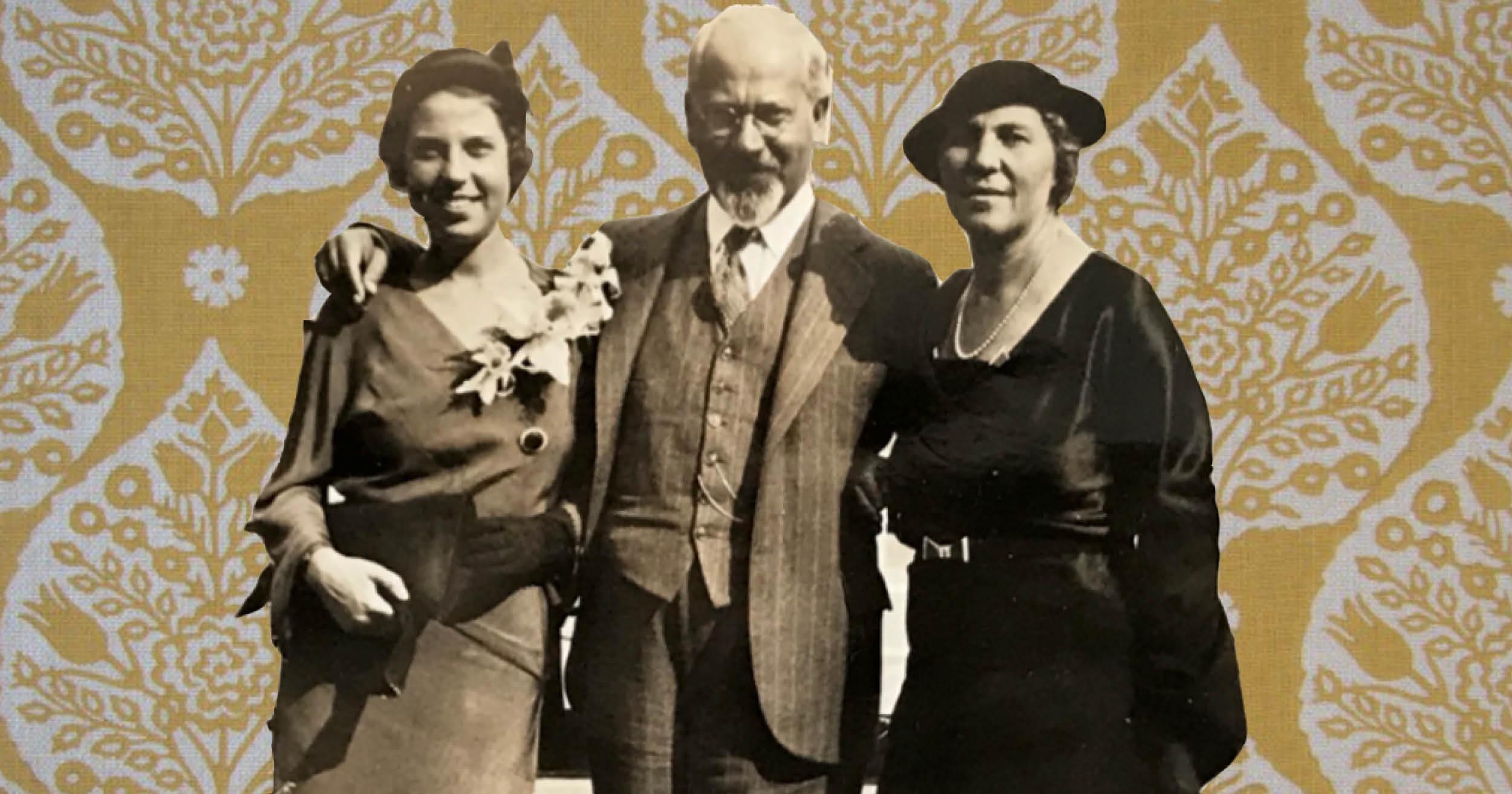Kabbalistic Forms: Erratum et Novellus
Yossi Chajes heralds the recent study of rarely depicted huppahs in kabbalistic manuscripts by Uriel Safrai and Eliezer Baumgarten.
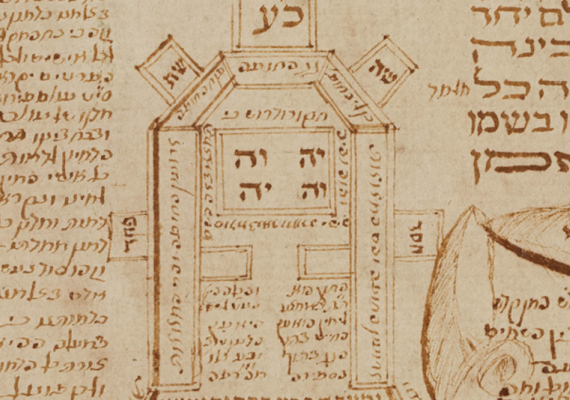
With volume 110, JQR has emerged as an important platform for the publication of pioneering articles in the nascent field of visual Kabbalah. My contribution to volume 100 number 1, “Imaginative Thinking with a Lurianic Diagram,” established some ground rules for the analysis of kabbalistic schemata and applied them to a study of the graphical visualizations found in the earliest Lurianic manuscripts. In the just-published JQR 100.3, Eliezer Baumgarten and Uri Safrai—both postdoctoral researchers working under my direction as part of the Israel Science Foundation and Volkswagen Foundation-sponsored Ilanot Project at the University of Haifa—have offered a fascinating exploration of the intersection of kabbalistic schemata and daily life in their essay “‘The Wedding Canopy Is Constituted by the Being of These Sefirot’: Illustrations of the Kabbalistic Huppah and Their Derivatives.”
Although the sefirotic tree has achieved iconic status, Baumgarten and Safrai draw our attention to the representation of the sefirot in the form of a huppah (wedding canopy) in sixteenth-century sources and its meanings. A vital take-away from this case study is the realization that kabbalists had a rich and evocative visual repertoire at their disposal and that these kabbalistic forms have important stories to tell us. The crucial significance of this point may be blunted somewhat by an inconsistency in the translation of the title of the emblemata-style collection of images and their meaning that is central to the article: the title should read The Booklet of Kabbalistic Forms, rather than “Form.” The singular distorts the fundamental message of the title; there are a plurality of meaningful kabbalistic images and each bears a unique message.
As there must be no study without a novel contribution (bḤag 3a), I am pleased to offer here, for the first time, an image of the sefirotic array as a huppah from an exquisitely drawn witness of the Magnificent Parchment (a family of ilanot manuscripts discussed by Baumgarten and Safrai soon to appear in a digital critical edition). The copy is held in a private collection that has graciously allowed me to publish the images taken just this week (late August 2020) by the renowned photographer Ardon Bar-Hama.
To follow the Ilanot Project, please like us on Facebook: https://www.facebook.com/ilanotproject/ and learn more at http://ilanot.haifa.ac.il/
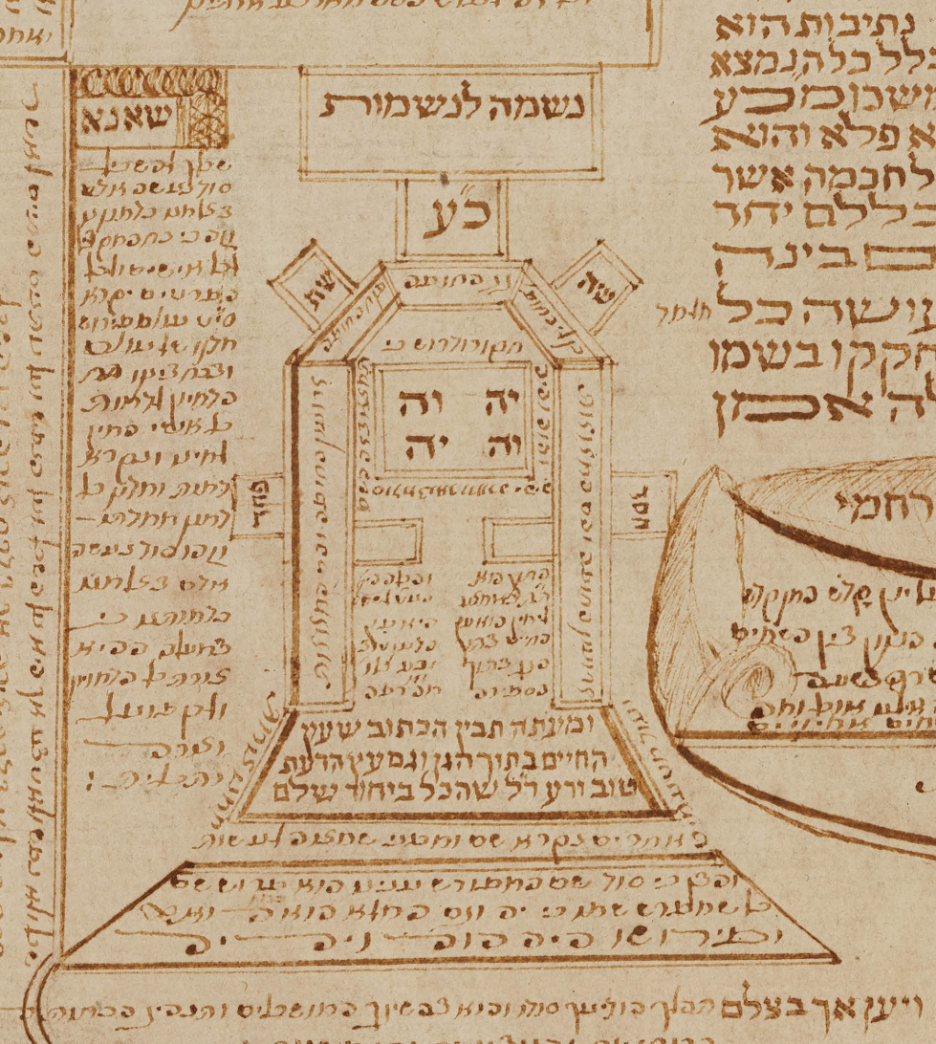
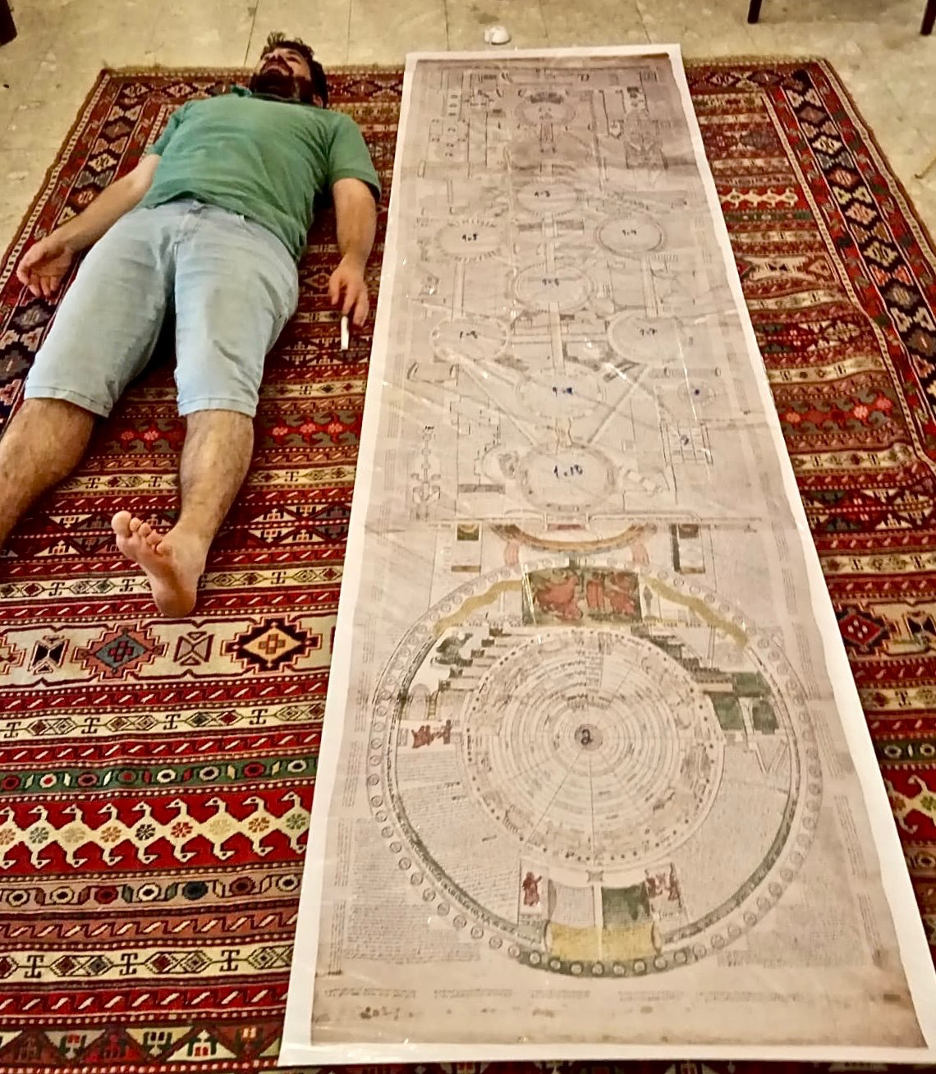
J. H. (Yossi) Chajes is the director of the Center for the Study of Jewish Cultures and an associate professor of Jewish history, both at the University of Haifa. He is currently directing the Israel Science Foundation-supported Ilanot Project, which is working to catalog and describe all kabbalistic cosmological diagrams.
